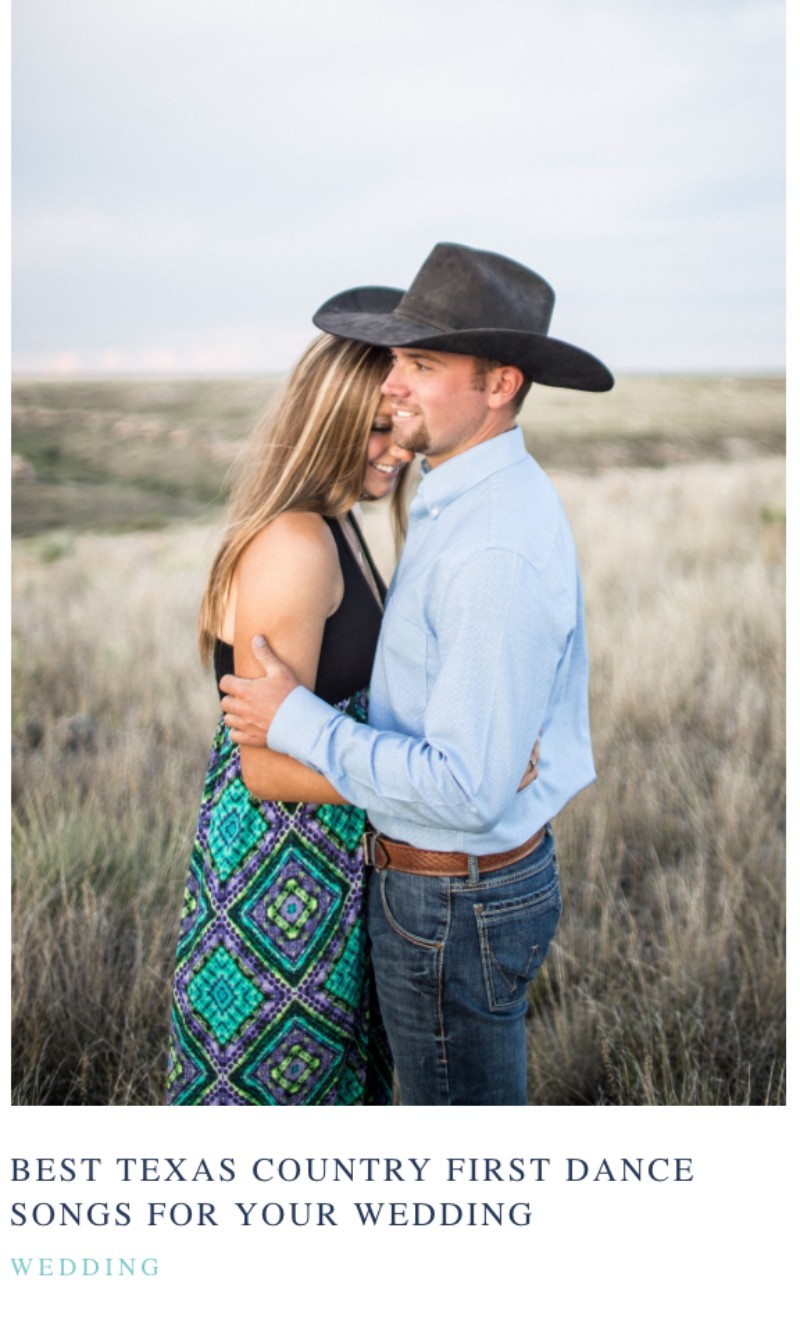SEO Tips for Photographers | How I Use My Blog and Pinterest to Get Hired
/A few of the inquiries I’ve received lately have listed ‘Google’ on the ‘How did you find me?’ part of my contact form, and it’s gotten me thinking … that’s not a coincidence! I’ve been strategic about marketing my business through SEO (search engine optimization), and before photography became my full-time job, I worked for an agency that specialized in content marketing and SEO. I kinda nerd out over this stuff! I want to share some of the things that have helped me show up on Google and a few things I’ve learned along the way that might be helpful for my fellow creative business owners.
It might surprise you to know that the two most popular pages on my website are not the home page and About Me section. Nope! My two most-visited pages (they get ten times more traffic than the rest of my website) are both blogs that I wrote months ago - in fact, one is more than 3 years old. But just recently, I booked a session directly from one of these posts! My client referenced Google and the specific blog when she booked. These blogs don’t just generate page views; they generate inquiries and sales (insert praise hands here).
My Most Popular Blogs and Why They Work
These are my most popular posts, generating thousands of page views per month. So why did these blogs take off? They have a few things in common…
They answer questions. These posts arose out of genuine questions. What are the best Texas country songs for weddings and first dances? Where are the best places in OKC to take engagement photos? And what do people do when they have questions? They Google them. The best search results on Google are usually the ones that best answer the question at hand.
They’re original content. I guarantee there’s a ton of blog posts circling the interwebs about the best country songs for weddings. But I wanted to know the best TEXAS country wedding songs. That content wasn’t out there! Same for the other post - when I was based in Oklahoma, I actually Googled the exact term ‘best places to take engagement photos in OKC’ myself because I was curious, and no one had really answered that question. I remember telling a friend that day, “I’m going to write this blog post because it doesn’t exist, and I think I could get it to rank.” Sure enough!
They speak to my target audience. Y’all know me! Texas people are my people. I love shooting rustic weddings that celebrate the Texas lifestyle, and people who have those kinds of weddings probably listen to some Red Dirt. When I lived in Oklahoma, I wanted to do more sessions near me, in Oklahoma City, so the other topic made sense. Both of these posts are targeted toward readers who may also be looking for a photographer and who might want to hire me.
All that to say, topic ideation is important if you’re wanting to increase your search engine success. I love to blog for fun as much as the next person, but I wouldn’t expect a post I might write about, say, engagement photo outfits to ever rank highly on Google, because there are already 50 million posts out there on that topic and it’s not specific to ME or my particular business.
Just for fun, here’s a snapshot of some of the things people are searching for when they end up on my website. More on this below!
SEO Tips for Photographers and Creative Business Owners
Really, this is SEO tips for anyone. But I’m targeting photographers with my keywords here, okay? #SEO101. These are the things I consistently make sure I’m doing to help my blogs and my website as a whole show up in search engine results.
File Names - Especially important for photographers and bloggers, who share hundreds of images on their sites. Google looks at the names of your images! Something like white-sparrow-barn-wedding-1.jpg is going to mean a lot more to the Google algorithms than 5GL78ZH-12.jpg. Whenever I export images from Lightroom, I name the images I deliver to the client something like Smith-Family-Fall-2018.jpg, but if I’m exporting a batch of images for a blog, I’ll usually rename them to something with the keywords, venue or location in the file name. Same with URLs - always make sure the URL of your blogs and pages are relevant to what the page is about!
Resizing Images - I see this issue with photographers’ websites quite a bit. You want to share sharp, high res photos, which I understand, but high res photos make for large file sizes, which means longer load times. Google bots (and real people) don’t like waiting for images to load - so always make sure your image file sizes are as small as possible. Doesn’t mean the dimensions have to be smaller! When I export blog post images from Lightroom, I always click the “Limit File Size” option and make it 350kb or less (the images I deliver to clients I leave much larger so they can make high res prints). Bulk Resize Photos is my favorite tool for batch resizing images without losing quality.
Keywords - Google is looking for keywords that tell its robots your pages are relevant. You don’t have to “keyword-stuff” and have ‘Dallas wedding photographer’ on your home page 14 times - that doesn’t read naturally and it looks spammy to Google - but make sure your important pages include headings and text with the words/phrases you might want to rank for.
Internal Links - One factor Google looks at is Time On Site. How long are people spending on your website? Are they leaving after looking at just one page? One way to get them to stay longer is to direct them to other pages on your site with well-placed links, like to other relevant blog posts they might enjoy.
Links From Others to Me - Maybe Google’s most important ranking factor, aside from page views, is Domain Authority. Simply put, your domain increases in authority when other websites link TO you, so having content people will want to share on their own websites is GOLD. Having someone link from their website to yours is a popularity vote in Google’s eyes. The higher the authority of the site linking back to you, the better. So if Texas Monthly could just share my Texas Country Wedding Songs blog on their website, that’d be great! Ha.
Blogging My Work - Blogging every wedding I shoot and as many other sessions as possible ensures that I’m doing all of the above. My clients appreciate seeing their special days on the blog and it’s an easy way for them to share the best images from their wedding or session with their family and friends. Win-win!
Pinterest - Another piece I’ve built into my workflow. I think Pinterest is sometimes overlooked by photographers as a marketing tool, because let’s be real: it can be overwhelming. It really does a lot of the work for you, though! After I blog a wedding or a session, I create Pins for 4 or 5 of the very best vertical images and make sure those Pins link back to my website (look into Rich Pins if you haven’t - they ensure your website gets the credit for your Pins). Sometimes, for special blog posts, I’ll create different cover images with eye-catching text (I just use Canva, nothing crazy) and add multiple Pins linking back to that one blog, to give it more chances of being re-pinned. I only have about 600 followers, but Pinterest is actually my largest traffic source to my website - ahead of Google and Instagram - because a few of my blogs and photos have been repinned so many times! Pinterest is more of a search engine than anything, so I make sure to use phrases and keywords in my pin titles that people would actually be searching for. Simply by consistently pinning a few new images and links to my blogs, I’ve held steady at half a million + monthly viewers for over a year.
Writing is one of my lifelong passions, and I love to blog solely for the purpose of giving myself another creative outlet. I need to carve out time to do that more often. But through 8 years working in the digital advertising and content marketing field (I wasn’t always a photographer!), I learned how to write in a more strategic way, with a goal of driving traffic to websites - and as is now the case, my own!
Social media is an ever-changing tool, and one that we really have no control over at the end of the day. We don’t own those platforms. We DO own our websites, though, and we do have control over our sites and our blogs. So let’s use that to our advantage!
If you found this blog helpful, I’d be so grateful for a share. Thanks, friends!




